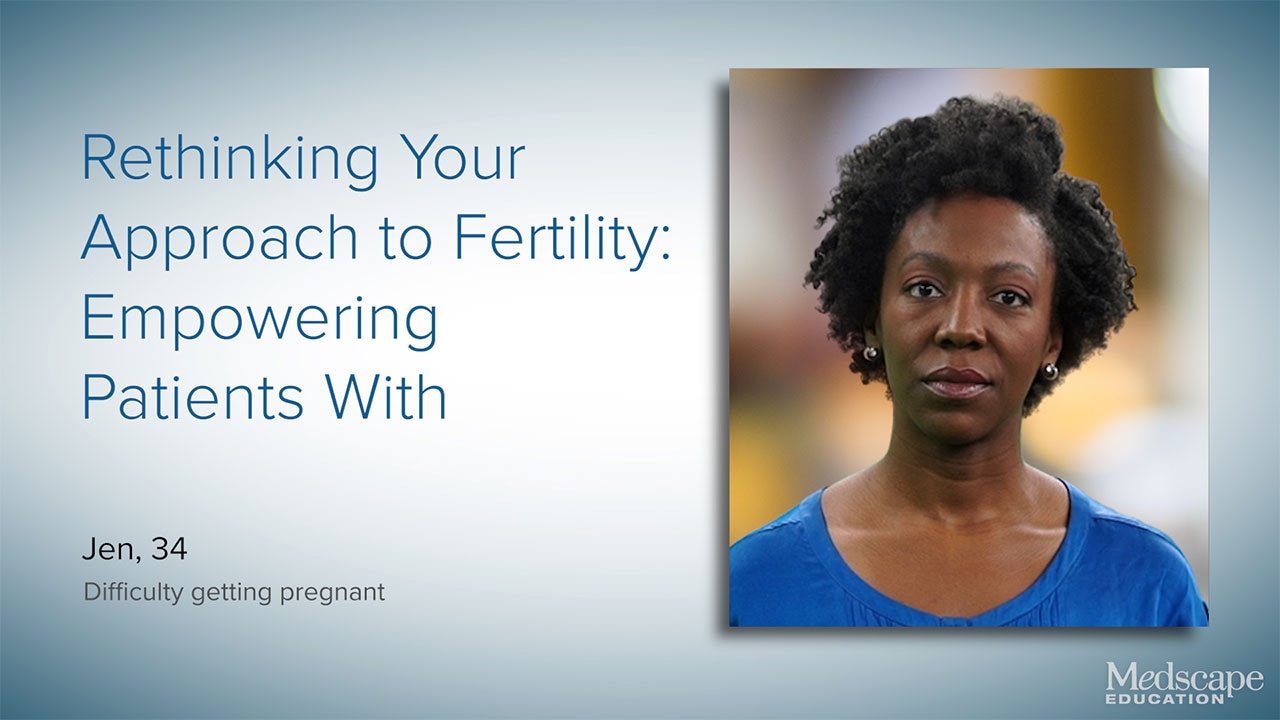Uterine Anomalies
Uterine embryonic development involves the fusion of the two paramesonephric (Müllerian) ducts and the resorption of the tissue connecting them. When the fusion or the resorption is incomplete, various types of congenital uterine anomalies can develop.[1] Some result in complete duplication of the uterus (uterus didelphys), development of one side only (unicornuate uterus), division of the cavity (bicornuate or septate uterus), or a deformity of a smaller degree (arcutae uterus).[2]
Uterine anomalies can have an adverse effect on pregnancy outcomes. Rates of implantation, miscarriage, delivery, and further obstetric complications have been associated with the various anomalies.[3] Surgical correction to improve obstetric outcomes may be offered to women with certain uterine anomalies (eg, septate uterus).
A recent retrospective analysis[4] evaluated the impact of an arcuate uterus on the outcomes of in vitro fertilization (IVF) after the transfer of euploid embryos.
IVF Outcomes With Arcuate Uterus
All women undergoing IVF and preimplantation genetic testing for aneuploidy during 2014 were considered for this analysis. In each case, the uterine cavity was evaluated using 3D ultrasound and hysteroscopy. An arcuate uterus was identified as an indentation between 0.4 and 1 cm into the uterine cavity. In all cycles, embryos were cultured to the blastocyst stage, biopsied for comprehensive chromosome screening, and cryopreserved. Frozen embryo transfers took place in an artificial cycle.
Overall, 76 women with arcuate uterus underwent 83 transfers, and 354 control women with a normal uterine cavity underwent 378 transfers. Baseline demographic characteristics and responses to stimulation, as well as the number of available blastocysts, were similar in both groups. Close to 60% of embryos were euploid in both groups, and an average of 1.5 embryos were transferred. Rates of implantation (63.7% arcuate vs 65.4% normal) and live birth (68.7% vs 68.7%) were similar in both groups, and there was no difference in miscarriage rate (4.8% vs 4.3%). The authors concluded that an arcuate uterus has no impact on IVF outcomes.
Viewpoint
Significant deformity of the uterine wall or cavity can adversely affect implantation or pregnancy outcome. Congenital and acquired uterine anomalies (eg, fibroids) need to be differentiated. Congenital anomalies can be detected in up to 7% of women.[4] Uterine anomalies can influence implantation, miscarriage, and live birth rates as well as other obstetric outcomes (fetal malpresentation, abnormal placentation, preterm delivery, intrauterine growth restriction). Uterine anomalies can be diagnosed using ultrasound (mainly 3D), sonohysterography, hysterosalpingography, MRI, and hysteroscopy/laparoscopy.[5] Surgical correction of the anomalies should be offered only if they will improve obstetric outcome.
There are no uniform criteria to identify an arcuate uterus. It has been variously defined as an indentation exceeding 50% of the uterine wall thickness, or an indentation between 0.4 and 1.5 cm with an angle of its tip > 90°.[1] Consequently, wide ranges of the prevalence of arcuate uterus (3%-38%) have been reported.[6]
Reports also conflict with respect to the impact of arcutae uterus on pregnancy outcome.[7,8,9] Different diagnostic criteria, use of different imaging tools, and different patient populations (infertile versus fertile; no previous miscarriages versus patients with recurrent miscarriages) may explain the conflicting results.
Surrey and colleagues[1] used well-defined (although not universally accepted) criteria to identify patients with arcuate uterus. Control patients had similar demographic characteristics and responses to IVF treatment. Embryonic factors were controlled by the transfer of euploid embryos only. Although the retrospective design of the study cannot control for all confounding variables, the findings support the general recommendation to consider the arcuate uterus as a normal variant and to not offer surgical correction.
Medscape Ob/Gyn © 2018 WebMD, LLC
Any views expressed above are the author's own and do not necessarily reflect the views of WebMD or Medscape.
Cite this: Peter Kovacs. Arcuate Uterus: Risk for Pregnancy Loss? - Medscape - Aug 22, 2018.









Comments